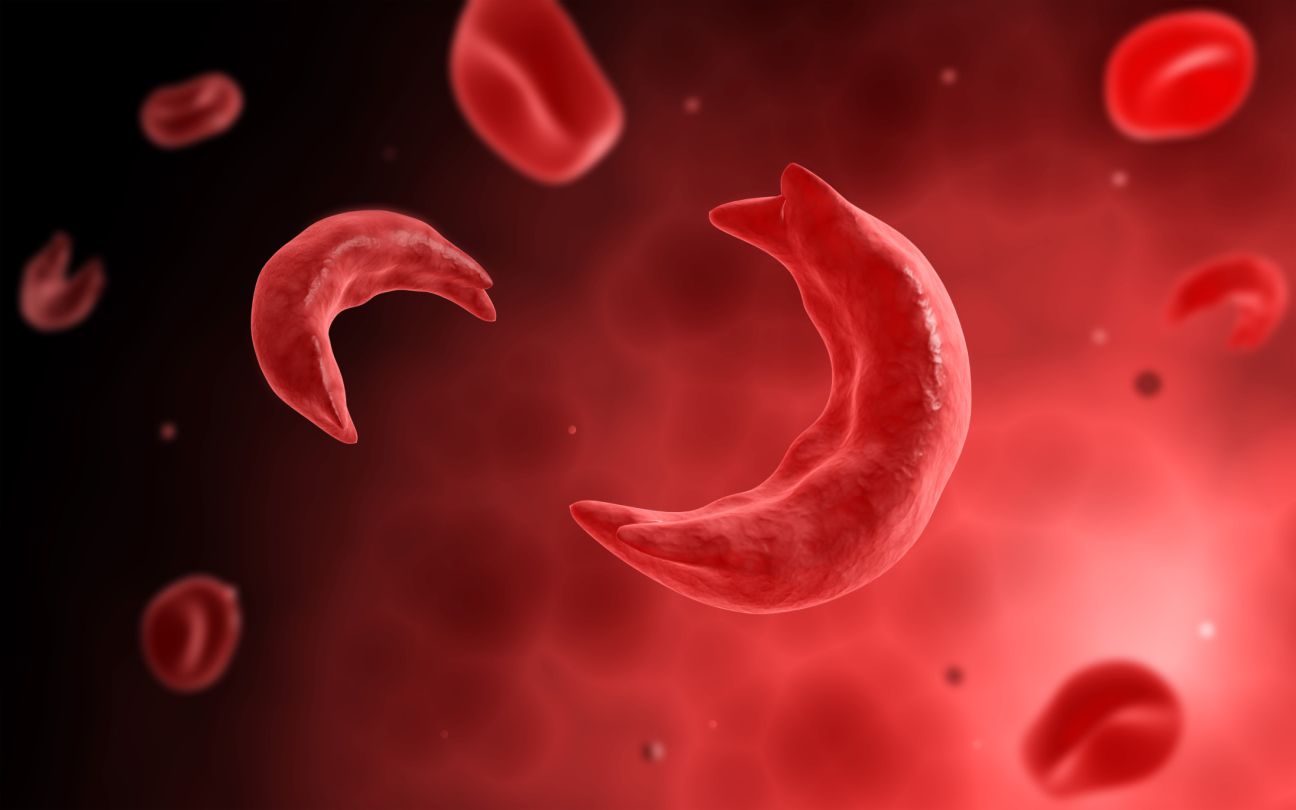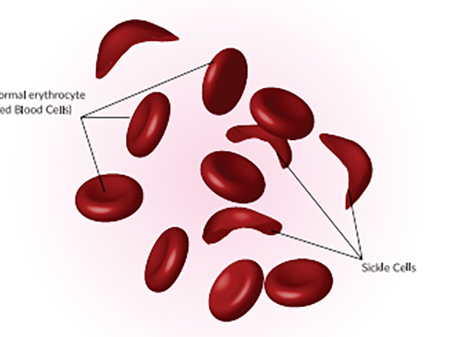
OR
Sickle cell anemia widespread in Tharu community
Published On: March 23, 2023 02:30 PM NPT By: DIL BAHADUR CHHATYAL

KATHMANDU, March 23: Sickle cell anemia, a hereditary disease in the Tharu community, has been spreading alarmingly due to the lack of attention to its prevention and control.
Despite the untimely deaths of hundreds of people, the disease went undiagnosed for years in the indigenous Tharu community of the Terai.
As the disease affects multiple organs and its symptoms vary from patient to patient, it could not be diagnosed on time and patients had to face untimely deaths while visiting different hospitals one after another.
“Even after 4-5 years of treatment at various hospitals in Nepal and India, the disease was not detected and many died at the age of 35-40,” says Tharu community leader Prabhat Chaudhary, “They didn't even know what the reason was behind their demise.”
He says that the government is not paying attention to the prevention and control of sickle cell anemia which is spreading alarmingly in the Tharu community. For the last 10 years, sickle cell anemia has been discussed, identified and treated, but the government has not adopted any measures to prevent and control this hereditary disease.
Shubhesh Raj Kayastha, a senior physician tackling the disease, said that because the government did not pay attention to adopting measures to prevent the spread of the disease, it is spreading like wildfire in the Tharu community.
“Measures should be adopted to prevent the transmission of sickle cell to new-born children by identifying the carrier of sickle cell,” he said, “But the government has not yet paid any attention to this.”
There are a large number of sickle cell carriers in the community. He says that sickle cell is spreading in the newly born children from those carriers because of the failure to diagnose the disease in time.
He explains that those who have no symptoms of sickle cell and look healthy but are affected by the sickle cell gene are called sickle cell carriers. Kayastha says that both men and women with sickle cell can pass on the sickle cell disease to newborns.
“If either of the parents is a sickle cell carrier and among them one is healthy, the chances of transmitting sickle cell to the child are very low,” he said, “Therefore, measures should be taken to identify the sickle cell carriers and manage mitigating measures to control it.”
Locals complain that the government has not paid interest to the prevention and control of this disease, apart from providing free treatment worth Rs 100,000 to each sickle cell patient.
According to Kayastha, only five percent of those with sickle cell anemia in the community are sickle cell patients and 95 percent are asymptomatic sickle cell carriers.
Although there is no verified data on how many people are affected from sickle cell anemia, according to a survey conducted among 20,000 people of theTharu community in Bardiya five years ago, 11 percent percent were found to be affected by the disease, according to Kayastha. Of those 11 percent, 10 percent were sickle cell anemia carriers, he says.
Kayastha further says that sickle cell anemia is present in 11 to 12 percent of the population of the Tharu community in the Far West. “Since sickle cell carriers are about 95 percent of this number, if prevention and control measures are not adopted, there is a high risk that it will spread horribly,” he said.
He says that although there is no concrete data yet, hundreds of people have died due to undiagnosed sickle cell disease in the Far West.
He said that the regional conference of doctors held in Dhangadhi last Saturday to discuss sickle cell anemia, a hereditary disease that is common in the Tharu community, concluded that prevention and control should not be delayed as sickle cell disease is spreading fast.
Senior physician Kayastha, who is also a central member of the organizer Society of Internal Medicine of Nepal (SIMON), said that a significant number of doctors participated in the conference, including invited specialist doctors from Dhangadhi, Nepalgunj, Tikapur, Mahendranagar and Kathmandu.
Identifying sickle cell carriers and discouraging contact between carriers, testing at the community level to identify carriers, testing at schools, testing pregnant women, carrying out pregnancy tests and abortion in case of eight to 12 weeks of pregnancy if the fetus is infected with the sickle cell disease, keeping informative materials on sickle cell disease in textbooks will help fight the disease. Even in rural health facilities, arrangements should be made to treat the sickle cell disease, according to the suggestions of Kayastha.
This disease has been observed in indigenous communities living in areas where malaria is common. Doctors say that sickle-shaped red blood cells are formed when the immune system is formed in the body to fight against malaria, and these damaged red blood cells break down quickly and cause anemia which is inherited in nature. “Because there are no effective policies and methods for controlling and preventing this disease, it is spreading rapidly,” said doctor Sher Bahadur Kamar.
As many as 836 sickle cell anemia patients are being treated at Seti Provincial Hospital in Kailali, 361 patients at Ghodaghodi Hospital, 1,198 patients at Tikapur Hospital and 1,206 patients at Mahakali Hospital in Kanchanpur.
People with inherited sickle cell anemia die in their 40s. Dr Kamar says that if a person gets this disease, the symptoms of blood loss, pain in body parts, reduced ability to fight disease, kidney failure etc, appear.
You May Like This

Maghi Festival begins at Tuindikhel from Saturday
KATHMANDU, Jan 14: The Maghi Festival-2079, national festival of Tharu community, is going to be organized at Tudikhel from Saturday. Read More...

In Pictures: Tharu people celebrate Sama-Chakeva festival
KATHMANDU, Nov 8: People from the Tharu community have celebrated Sama-Chakeva, a festival that marks the affectionate brother-sister relationship, today... Read More...

Sickle Cell anemia rampant among Tharus in Western Terai, 11% of the indigenous community have the disease
KATHMANDU, Jan 16: Sickle cell anemia, a hereditary disease, is rampant in the Tharu community of western Tarai, according to... Read More...




Just In
- Rainbow tourism int'l conference kicks off
- Over 200,000 devotees throng Maha Kumbha Mela at Barahakshetra
- Indians vote in the first phase of the world’s largest election as Modi seeks a third term
- Kushal Dixit selected for London Marathon
- Nepal faces Hong Kong today for ACC Emerging Teams Asia Cup
- 286 new industries registered in Nepal in first nine months of current FY, attracting Rs 165 billion investment
- UML's National Convention Representatives Council meeting today
- Gandaki Province CM assigns ministerial portfolios to Hari Bahadur Chuman and Deepak Manange





_20220508065243.jpg)









Leave A Comment